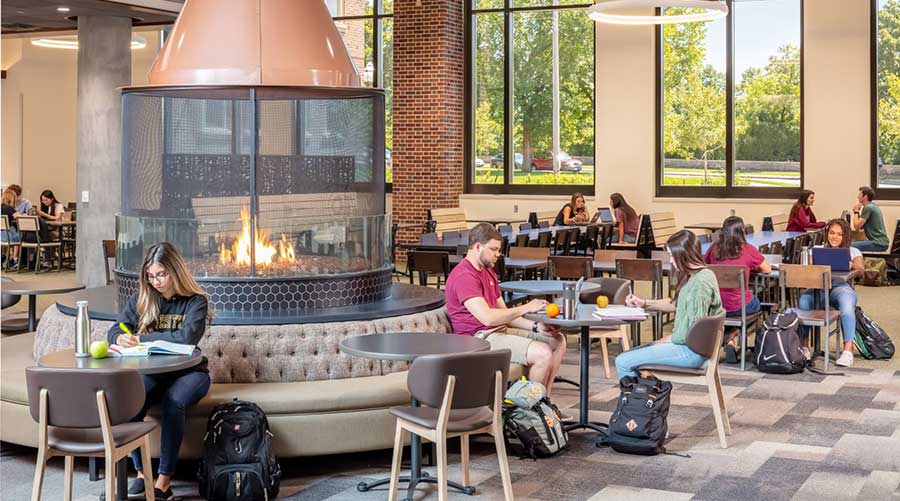Alliance Walks the Talk With LEED Certification
The building housing the Alliance for Sustainable Colorado – and its 38 non-profit tenants – is a century-old former warehouse in Denver’s LoDo historic district with a brick exterior, wooden floors, and post-and-beam construction.
It is the first historic building in the United States to achieve two Leadership in Energy and Environmental Design (LEED) certifications – Gold certification for the Existing Buildings program and Silver for Commercial Interiors.
The Alliance Center is a laboratory for investigating ways to transform historic buildings into high-performing facilities. The first step in making the Alliance Center more sustainable was a renovation that featured innovative technologies, such as selective system automation, pressure-assisted or waterless toilets, occupancy sensors, a rooftop photovoltaic array, mass-transit assistance, renewable-material applications, and a tenant-based green team.
The project resulted in sharp reductions in energy and water use – 84 percent for water – and high levels of occupant productivity and satisfaction.
The next stage of making the Alliance Center more sustainable began in 2010 with the launch of the Modeling a NetZero Future project, with the goal of exploring and documenting the business case for achieving higher building performance.
The Alliance hopes to reduce the building’s net-energy consumption to as close to zero as possible, increase its Energy Star rating from 85 to at least 95, reduce energy intensity by at least 40 percent, further reduce water use and the solid-waste stream, and limit the building’s greenhouse-gas emissions and contribution to the heat-island effect.
The organization hopes to achieve Platinum status when it recertifies the building under the LEED for Existing Buildings: Operations & Maintenance rating system. Continuous documentation will create a record of best practices and lessons learned, which the organization can share with other tenants and organizations.
Phillip Saieg, LEED AP O&M, is director of the Alliance Center, a multi-tenant nonprofit center owned by the Denver-based Alliance for Sustainable Colorado and he oversees the center’s daily operations and environmental performance. Tom Prugh is the alliance’s senior researcher.
Related Topics:















